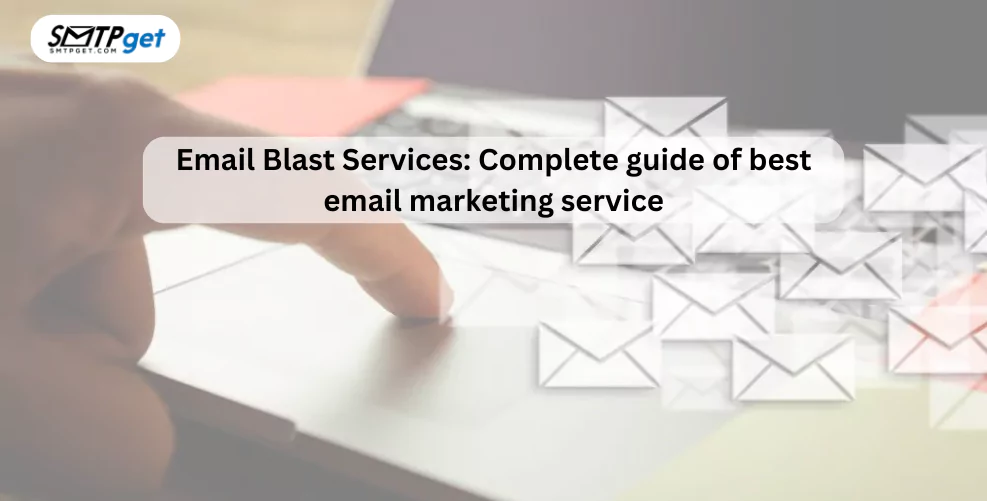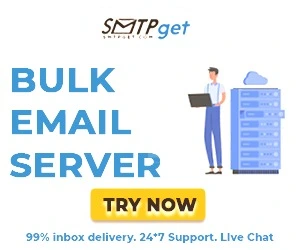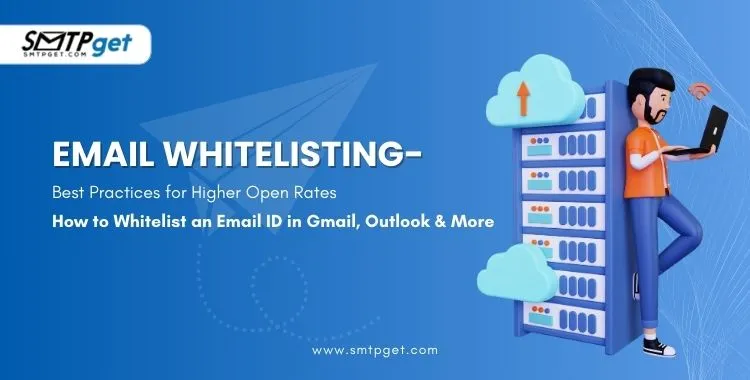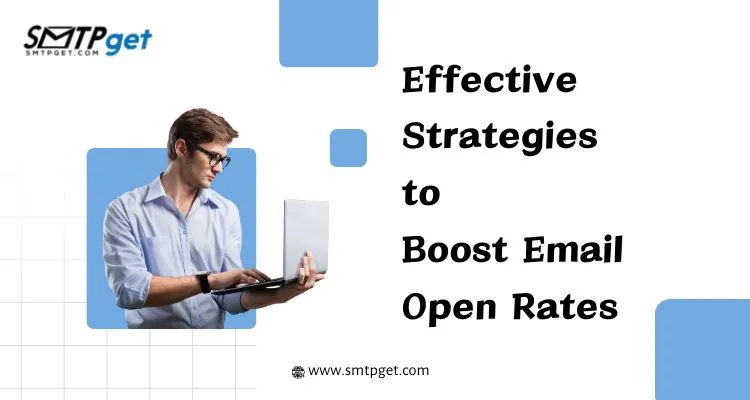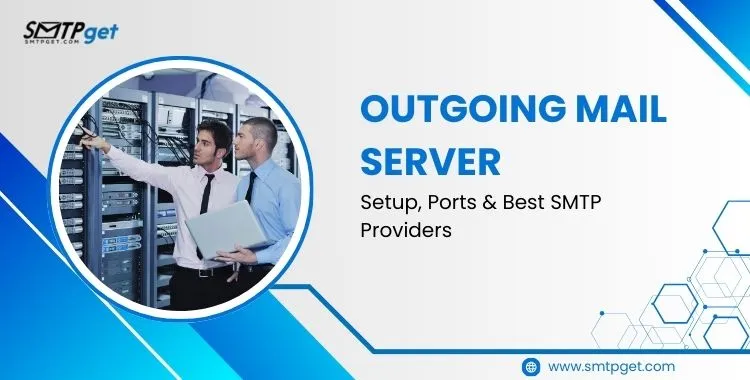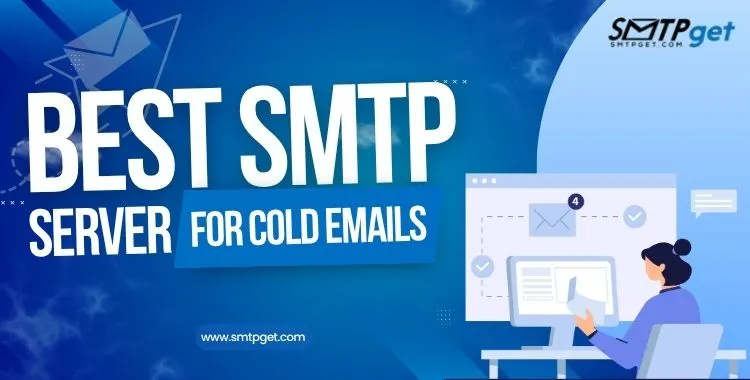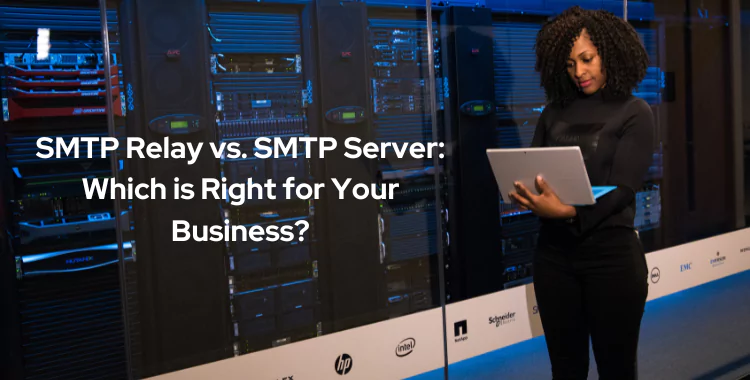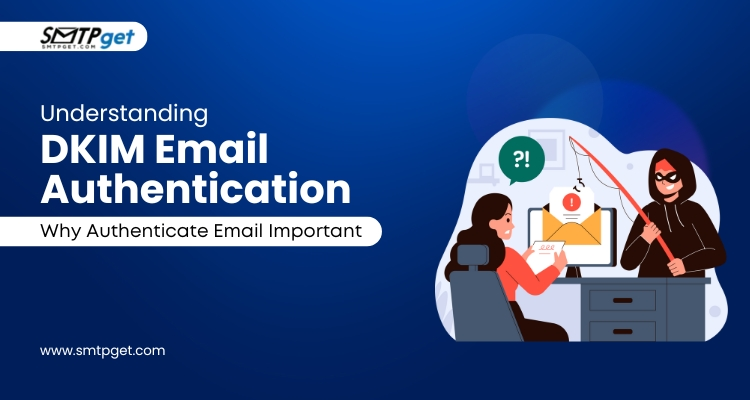Have you ever wondered why your emails sometimes disappear into the crowd of unread messages? The secret often lies in how you’re sending them. Email blast services are the key to transforming your email campaigns from boring to Awesome. These services help businesses reach a large audience quickly and efficiently. However, sending a mass email is just the beginning. For an email campaign to truly shine, it’s crucial to harness the power of targeted, well-crafted messages.
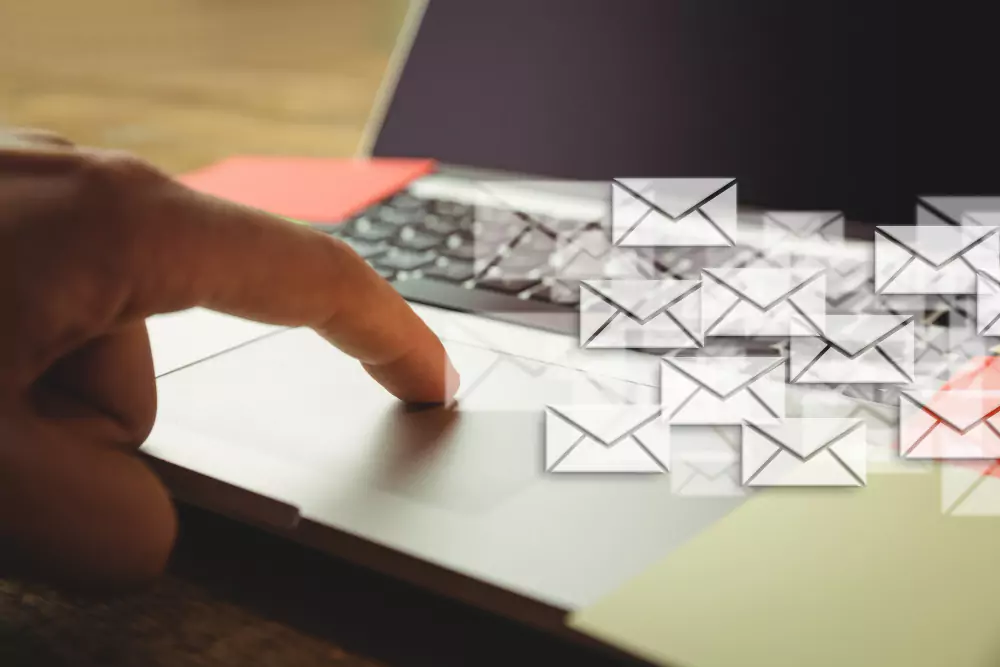
With the right email blast service, you can craft personalized emails, track engagement, and analyze results to continually improve your strategy. Whether you’re promoting a product, sharing news, or nurturing leads, email blast services offer the tools and insights you need for effective communication. In this blog, we’ll explore how email blast services can boost your email campaigns, ensuring your messages get noticed and drive the results you want.
What is an Email Blast Service?
Email Blast Services are powerful tools for campaigns. They involve sending many emails at once, often used for transactions and marketing. But if not done well, they’ll land in spam folders faster than a hacker can crack a four-digit password. How do you send an email blast? We’ll show you the right and wrong ways to do it.
Simply said, an Email Blast Marketing service (sometimes referred to as a mass email or e-blast) is one email that is sent to a significant number of recipients. You may send an email blast for various reasons, including to let people know about a special promotion, an important announcement, or other information. Transactional emails are distinct from Email blast services. Organizations that primarily focus on email frequently send both. They do differ in a significant aspect, though.
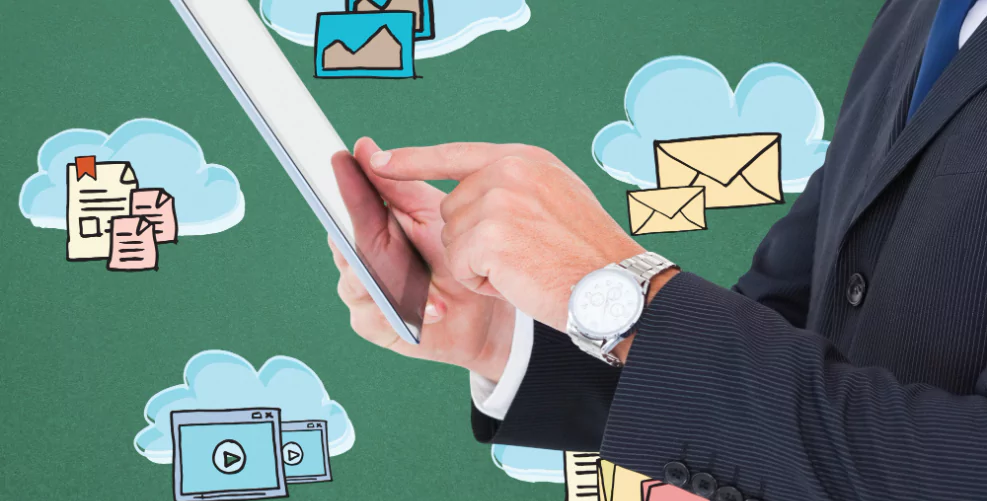
Transactional emails are only sent when a specific consumer action is taken, such as placing an online order or requesting a password reset. They are not delivered to a large number of recipients at once. Similarly, automated emails are messages delivered to various contacts when a specific condition is satisfied.
Examples include welcome emails, birthday emails, and abandoned cart emails. When it comes to sending these types of emails, having a reliable SMTP server for Email marketing is crucial to ensure deliverability and inbox placement.
Consumer behavior does not cause email blasts to be sent. Instead, like email newsletters and exclusive promos, they are explicitly produced, planned, and disseminated by the company’s marketing staff. Transactional emails are delivered to significantly bigger groups of recipients, either complete emailing lists or segmented audiences targeted in specific ways.
The most effective campaigns, meanwhile, depend on emails being delivered successfully, regardless of the type of email blast you send. Best email habits should always be followed.
Pricing Plan:
| Pricing Table | Cheapest Plan | Standard Plan | Professional Plan |
| SMTP Server Services | $110 | $165 | $220 |
| Bulk Email Server | $50 | $145 | $225 |
| Bulk Email Service | $30 | $110 | $220 |
What are the benefits of using an email blast service?
Email marketing remains a powerful tool and utilizing blast email services can boost its effectiveness. By supporting these services, businesses can save their communication efforts, sending out mass emails to a targeted audience with ease. But the benefits don’t stop there. From increased brand visibility to enhanced lead generation and conversion rates, email blast services offer an excessive quantity of advantages. Let’s delve deeper into how businesses can harness the power of email blasting services to move their marketing strategies forward.
How to choose the right email blast service for my business?
Choosing the right email blast service is crucial for your business. Here are some key points to help you make the best choice:
1. Identify Your Needs
Purpose: Are you looking to send newsletters, promotions, or updates?
Audience Size: How many subscribers do you have?
Frequency: How often will you send emails?
2. Budget
Cost: Determine your budget for email marketing.
Pricing Plans: Look for services that offer plans within your budget, including free trials.
3. Features
Templates: Check if they provide customizable email templates.
Automation: Look for automated email options for welcome emails, follow-ups, and more.
Analytics: Ensure they offer detailed reports on email performance.
4. Ease of Use
User-Friendly: The service should be easy to navigate and use.
Support: Check if they offer customer support via chat, email, or phone.
5. Integration
Compatibility: Ensure the service integrates with your website, CRM, and social media.
6. Deliverability
Success Rate: Choose a service known for high email deliverability rates.
Spam Compliance: Ensure the service follows spam laws to keep your emails out of junk folders.
7. Reviews and Reputation
Feedback: Read user reviews and testimonials.
Recommendations: Ask for recommendations from other business owners.
By considering these points, you can choose an email blasting service that best fits your business needs.
What are the best practices for creating engaging email blasts?
Engagement has come out as an important factor in modern emailing that establishes the effectiveness of an email marketing plan. Email blast services are frequently linked to mass spamming techniques because of the development of email marketing tools, CRMs, and other marketing elements that allow for a more personalized email experience.
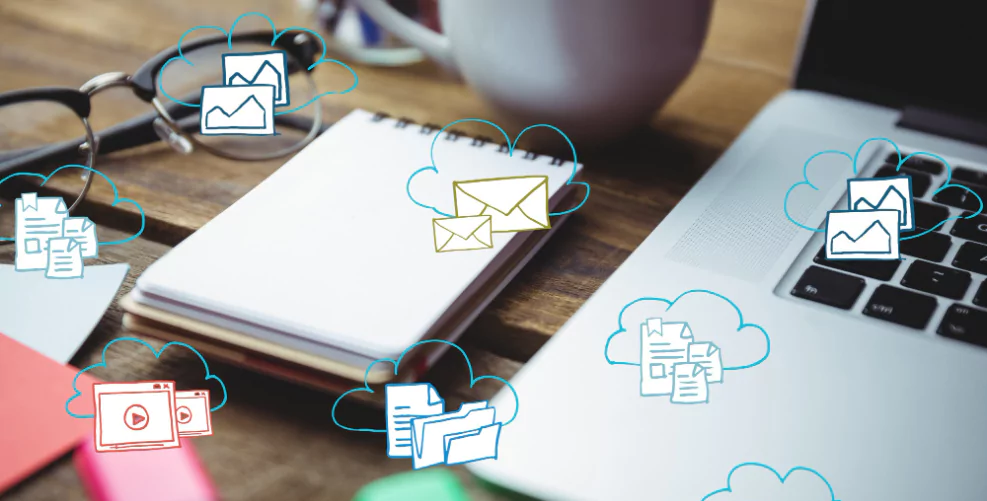
However, Hiring a reliable SMTP server provider can ensure that your emails are delivered securely and reliably, enhancing your credibility and engagement levels. Because they add greater value to the user, targeted emails frequently result in higher levels of interaction, and they have greater engagement and improved deliverability. However, you should always be conscious of what you should and should not do if you’re still seeking strategies to send out bulk emails.
What are the don’ts and do’s for the right Email Blast strategy?
The don’ts of email blasts:
Let’s begin with the negative. We acknowledge that this starting criticism may seem harsh, but sending should consider these unethical behaviors. Bad habits make it difficult to send regularly and place you with only one recipient in the spam bin.
This is multiplied several times when sending an email blast, severely affecting your open rates and other engagement metrics. So let’s get started:
1. Avoid sending bulk emails from new domains and IP addresses
Inbox Service Providers (ISPs) don’t know what to expect from newly registered domains and IPs because they don’t yet have reputations. Be careful where you are sending from in the first place because an email blasting service that sends emails from a new domain or IP is guaranteed to land in the spam folder.
Before sending that many emails at once, think about utilizing an older domain or warming up your IP for better results.
2. Avoid bulk emailing outdated email lists
You shouldn’t submit something to a list you saw online ten years ago and expect it to show up in the inbox, which should be obvious. Even if you believe that they will find your email campaign interesting, removing that old email list is preferable.
Old lists are a quick way to land in the spam bucket, especially after GDPR went into force last year (or worse, rack up some hefty fines). Email Blast Service Providers ensure that the people on your lists have completed your opt-in process.
3. Don’t deceive your audience
Even though data protection rules cover this worldwide, it’s crucial to remember, especially when utilizing a mass email server. Be clear about your email’s purpose and avoid pretending marketing emails are transaction receipts. It’s unethical. Also, steer clear of spammy subject lines or anything confusing. Avoid click-bait to dodge spam filters. Nobody likes feeling misled.
4. Avoid using boilerplate email text.
People may quickly realize that emails don’t benefit them if you continually send identical messages to your whole email list. Personalized blast email marketing is the greatest email, and Personalization based on demographics, behavior, interests, or personal preferences will increase conversion rates and decrease unsubscribe rates. Your email’s HTML template can be written to personalize emails, and most email marketing software also supports this feature.
The dos for email blasts services
Enough with the dark and bullying messages. Following on from what not to do, let’s discuss what you can do to increase the likelihood that your bulk email will be opened. Even though some of these may seem obvious, you should give them another look. Let’s begin:
1. Keep in mind email best practices
It’s wise to attach to best practices even when they don’t conflict with the CAN-SPAM Act. Ensure that your emails are properly formatted and adhere to your style guide. By doing this, you can avoid the issue of coming out as a spammer or phisher.
Preheaders, subject lines, CTAs, and voice, should all be consistent with providing a recognizable first impression. A ready-to-use collection of branded HTML email templates can help you prepare for the next email blast.
Always send to email lists that are up-to-date and clean, and remember to keep your transactional and marketing emails distinct if at all possible with subdomains. To ensure that your consumers anticipate receiving your emails, focus on strategic engagement while planning the frequency of your marketing emails.
Ensure your Email Blast Service Provider (EBSP) can handle the volume of emails you receive. Even with several service tiers, not all Email Blast Service Providers (EBSPs) have a great solution for bulk sending or email blasts.
We can send 250,000 emails in a single minute here at SMTPget. Your email messages may bottleneck if you aren’t using a service that can process that volume swiftly, and inaccurate sending times caused by bottlenecking may affect your complaint rate. Verify that your email blast marketing services can handle the volume.
2. Do inform your Email Service Provider in advance.
Although it is not required, it is nice to inform your email blast service when you want to send out a sizable mass email message. Particularly if you have a specific contact with your ESP, such as our Deliverability Services, it helps support personnel keep looking for anything that might go wrong with your sending. Better troubleshooting provides assurance.
Which method is ideal for sending an email blast?
Following email best practices is important, but delivering email blasts correctly is also crucial for mass emailing. The best way to make sure your emails land in inboxes and get the attention they need is to pick a reliable email blast provider.
Advanced email automation capabilities are also available through SMTPget, which provides the Best Email Blast Services. To ensure the greatest success for your mass emails, use these strategies to increase delivery rates and encourage top inbox placement.
Once your messages have been sent, you can utilize analytics tools to track your results and determine where your email marketing needs improvement and where they are succeeding.
The importance of email list segmentation in email blast services
Email list segmentation is a key strategy in email marketing. It involves dividing your email list into smaller, more targeted groups based on specific criteria, such as interests, purchase history, or location. This approach is crucial because it allows businesses to send more relevant and personalized messages to each segment.
When emails are tailored to the needs and preferences of different groups, recipients are more likely to engage with the content, leading to higher open and click-through rates. For example, a clothing retailer can send fashion tips to one group and special offers to another. This increases the effectiveness of email campaigns and boosts overall customer satisfaction.
What you should know about sending bulk emails?
Sending bulk emails can be a powerful way to reach a large audience, but there are important things to know to do it right.
1. Get Permission: Make sure you have permission to email the people on your list. This can be through sign-ups or subscriptions. Sending emails to people who didn’t agree to receive them can get you marked as spam.
2. Use a Reliable Service: Use a reputable bulk email service provider (BESP) like Mailchimp or Sendinblue. These services help manage your email list, provide templates, and ensure your emails get delivered.
3. Personalize Your Emails: Even in bulk emails, personalization matters. Use the recipient’s name and segment your list to send relevant content to different groups.
4. Follow the Law: Follow laws like the CAN-SPAM Act in the US, which requires you to include an opt-out option and your physical address in every email.
5. Craft Quality Content: Make sure your emails are engaging and valuable. Use clear subject lines, concise text, and attractive visuals.
6. Test Before Sending: Test your emails before sending them to check for issues like broken links or formatting errors.
7. Monitor Results: Track your email performance. Pay attention to open rates, click-through rates, and unsubscribes to improve future campaigns.
By following these tips, you can effectively use bulk emails to communicate with your audience.
How can I personalize email blasts for better engagement?
Personalizing email blasts can greatly improve your engagement with your audience. Here are some simple steps to make your emails more personal and effective:
Use the recipient’s name: Start your email with the recipient’s name. It makes the email feel more personal and less like spam. For example, “Hi John,” instead of just “Hi.”
Segment your audience: Divide your email list into smaller groups based on interests, past behavior, or demographics. This way, you can send more relevant content to each group. For instance, if you sell both men’s and women’s clothing, send men’s products to men and women’s products to women.
Tailor content to interests: Use data from past interactions to send content that your recipients will find interesting. If someone frequently clicks on links about fitness, send them more fitness-related content.
Personalized subject lines: Create subject lines that speak directly to the recipient’s interests or needs. A personalized subject line can significantly increase open rates.
Include personalized recommendations: If you have an online store, suggest products based on the recipient’s previous purchases or browsing history.
Use dynamic content: Dynamic content changes based on the recipient’s data. For example, showing different images or offers to different segments of your audience.
By following these tips, you can make your email blasts feel more personal, which can lead to better engagement and stronger relationships with your audience.
